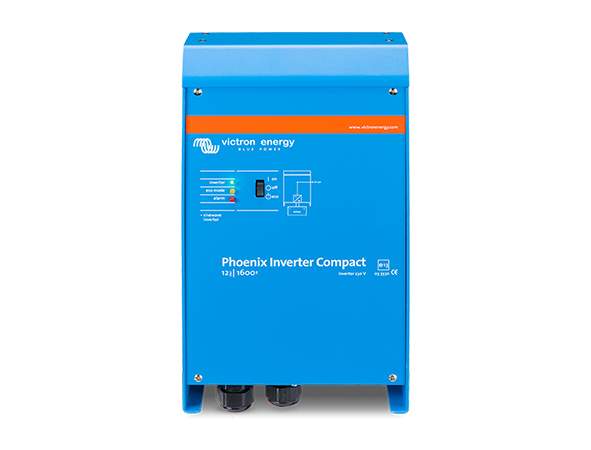
DIY solar project with 800 watt inverter
Solar energy is free to use; there will be no regular monthly bills or taxes to use it. It’s a one-time investment, and you will enjoy solar energy for the next two decades. Deep Cycle Systems provide compact design solar systems that are very easy to install. Even a person with prior knowledge of how electricity circuitry works can do it on their own. The basic power requirement for a small shed, workshop, or home is to run fans and lightning, which a small solar system can provide. You need to calculate your power requirements to phase out accurately the capacity of the solar inverter. An 800 watt inverter seems to be sufficient for a small home with an essential lightning requirement. Today, we will help you figure out how to calculate the capacity of solar panels, inverters, and battery banks.
Power Calculations
You need to know the power of each appliance you want to run over the solar system. A ceiling fan could have an average of 100 watts, a LED bulb could have 25 watts, and a fridge is rated about 300 watts. Running two fans, one fridge, and six LEB bulbs mean your total load requirement is 550 watts which are also your peak load factor. The rest of the inverter power could be used for any future expansion, i.e., adding one more fan or lightning.
Battery Capacity for 800 Watt Inverter
The battery in a solar system provides backup during non-solar production hours. It would be best if you had a 12v battery for a small solar system. The back time determines the size of the battery. You can calculate battery size with the help of the power formula, which is Power = Voltage * Current. Here your total load or peak load is 550 watts, so using the power formula, we require a battery that can supply 45 amperes to operate our appliances.
To calculate the size of the battery is ampere-hours. The formula is to multiply total load with backup hours-time and dived the result with battery voltage, i.e. ((Total load * Backup time in hours)/(Battery Voltage)). Here we took four hours as a backup time. Using the formula, we would need a battery of 183 ampere-hours (200 ampere-hours to round off) to get four hours of backup support to run our load of 550 watts using an 800 watt inverter. If we use a 24-volt system, the battery size would be slashed by half, and you would require only a 100ah solar battery for your load. You can adjust the parameters as per your requirements.
Battery Charging Current Requirement
We need to know about the required current to charge the battery with solar panels. The formula to calculate the charging current for the battery is one-tenth of the total capacity. In case you require a 200ah lithium battery, you would need a 20 ampere current to charge the battery.
Solar Panels Capacity
The solar panels will provide electricity to your load and charge the deep cycle battery. So, taking the value of 45 amperes to run the load of 550 watts and 20 amperes to charge the battery, we need solar arrays that can produce a total of 65 amperes. Now, we can calculate the capacity required for solar panels using the total current value of 65 amperes. Again, using the Power formula, which is Power = Voltage * Current. Here we need to know the value of open-circuit voltage produced by solar panels of 12v.
Typically, the open-circuit voltage of a 12v solar plate lies between 14 to 16 volts. Using a median value of 15 as voltage, we get the value of 975 watts which is the total capacity of solar panels to run the 550 watts load and to charge a 200amp battery.
Call Us
You may be tired are hesitant in doing that many calculations, as any miscalculation can lead to unfavorable outcomes. Give us a call at 1300 795 327 to our customer-friendly team, and they will make it easy for you. You need to tell your requirements only, and the rest of the things will be handle by our professional team.
Buy Now or Call us now at 1300-795-327